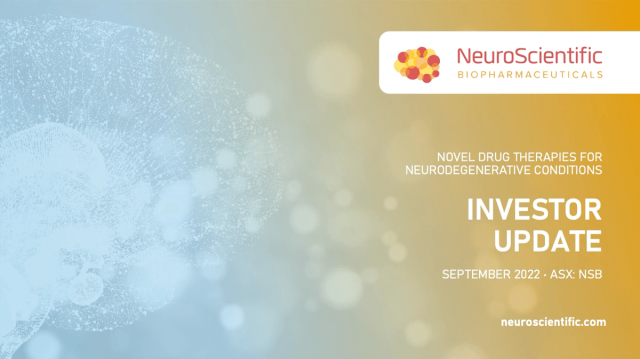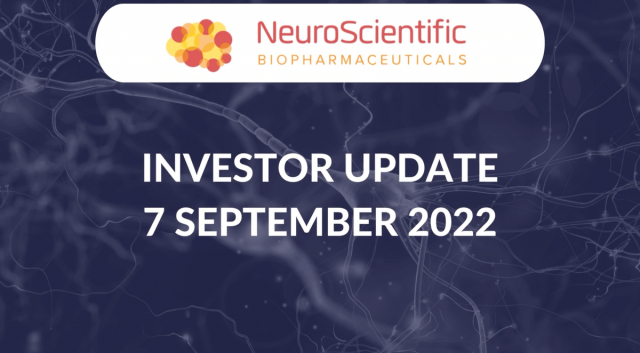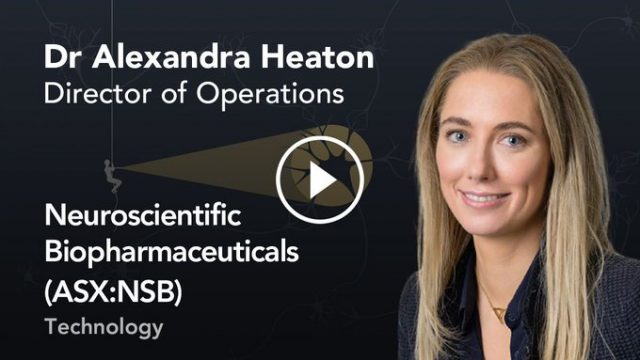December, 2019
Low-density lipoprotein receptors (LRPs) are present extensively on cells outside of the nervous system and classically exert roles in lipoprotein metabolism. It has been reported recently that LRP1 activation could phosphorylate the neurotrophin receptor TrkA in PC12 cells and increase neurite outgrowth from developing cerebellar granule cells. These intriguing findings led us to explore the hypothesis that LRP1 activation would activate canonical neurotrophic factor signaling in adult neurons and promote axonal regeneration after spinal cord injury. We now find that treatment of adult rat dorsal root ganglion neurons in vitro with LRP1 agonists (the receptor binding domain of α-2-macroglobulin or the hemopexin domain of matrix metalloproteinase 9) induces TrkC, Akt, and ERK activation; significantly increases neurite outgrowth (p < 0.01); and overcomes myelin inhibition (p < 0.05). These effects require Src family kinase activation, a classic LRP1-mediated Trk transactivator. Moreover, intrathecal infusions of LRP1 agonists significantly enhance sensory axonal sprouting and regeneration after spinal cord injury in rats compared with control-infused animals (p < 0.05). A significant role is established for lipoprotein receptors in sprouting and regeneration after CNS injury, identifying a novel class of therapeutic targets to explore for traumatic neurological disorders.
Further reading




